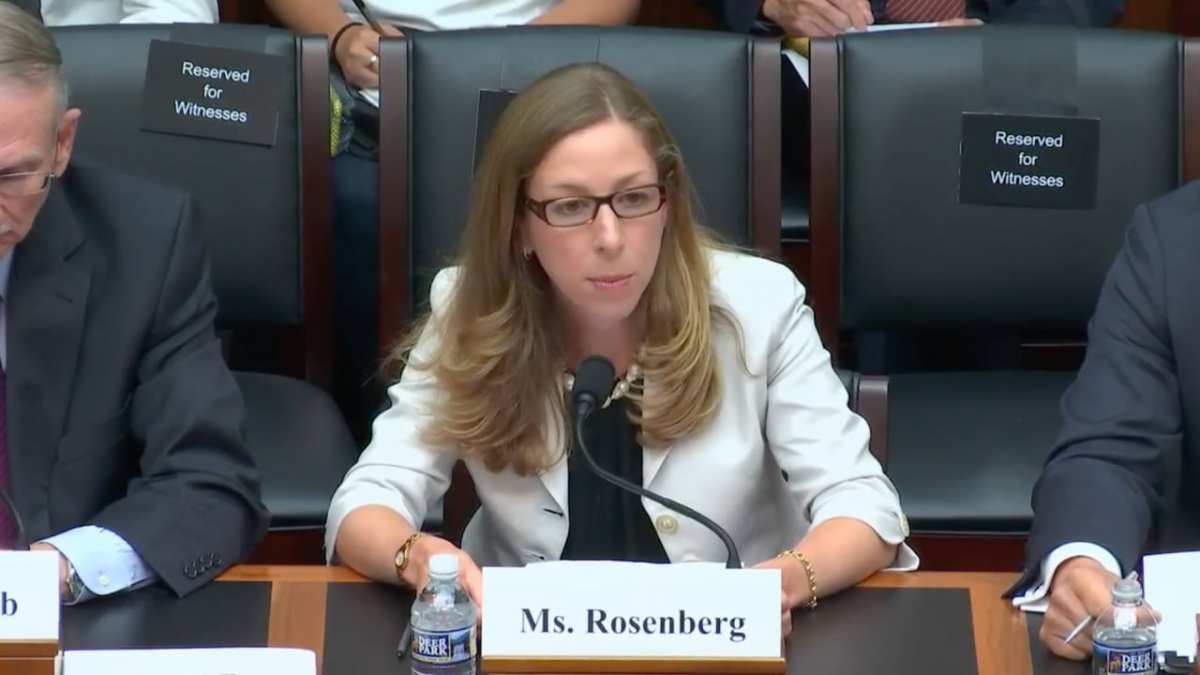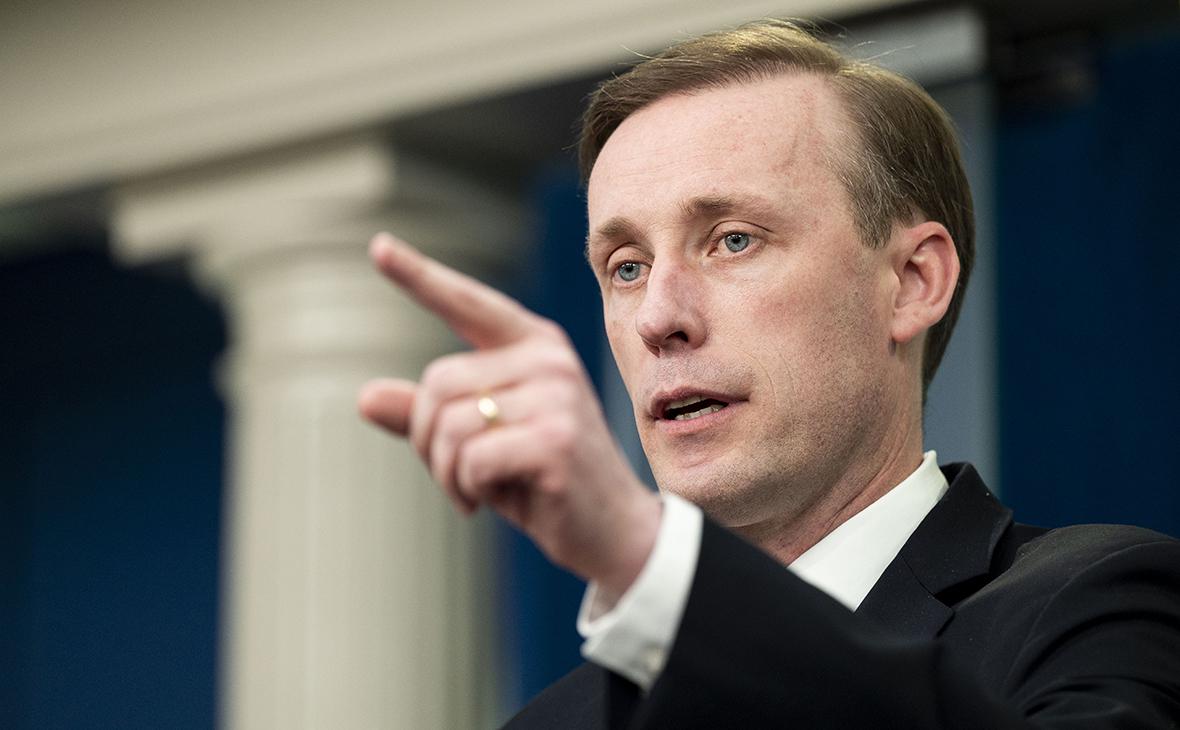U.S. Assistant Secretary of State for South and Central Asia Donald Lu is set to visit Kyrgyzstan from April 22 to April 27. In addition, a number of high-ranking representatives of the U.S. and the EU will also visit the country.
What will be their talks with the Kyrgyz authorities?
According to the US State Department, Donald Lu will be on a visit to Bishkek and Dushanbe from April 22 to 27.
Lu will hold talks with government officials in the field of security in the capital of the Kyrgyz Republic. In addition, he is set to hold talks with a number of media and civil society representatives.
The parties will discuss economic support for the Central Asian states, protection of human rights, freedom of the press, and the sovereignty of states.
A representative of the U.S. Department of the Treasury, Elizabeth Rosenberg, will also visit Kyrgyzstan and Kazakhstan from April 23 to 28.

EU Special Representative for Sanctions David O'Sullivan will also arrive in the Central Asian region from April 24 to 25. This is his second visit to Central Asian countries. He previously expressed dissatisfaction with the fact that the CA countries do not comply with the restrictions imposed on the Russian Federation on the export of goods across their borders.

Ex-Consul of Great Britain in Yekaterinburg Richard Dewell ( a real expert on "color revolutions") can also visit the region.

The U.S. allegedly cannot prove the violation of sanctions in any way. In order to do this, it may be necessary to make the documents of the companies public. Also, the share of imports to Central Asia from the West is still not large.
According to the European Bank for Reconstruction and Development (EBRD), published in February 2023 in the report "Eurasian Circulation: Trade Flows to Russia through the Caucasus and Central Asia", EU and UK exports to Yerevan, Bishkek, and Astana increased in 2022 by 15%-90%.
Based on the official document, this coincided with restrictions and a boycott. Because of them, in May-July 2022, the volume of sales of Western goods to Russia fell by 50%.
The difference between the flows of goods to the Russian Federation and to the Central Asian countries continues to grow.
Comments (0)